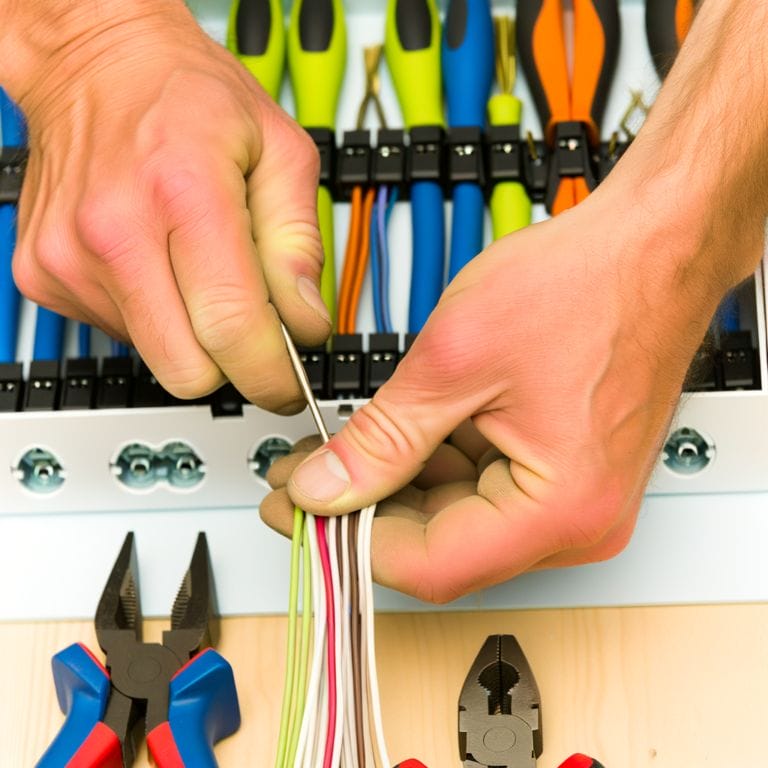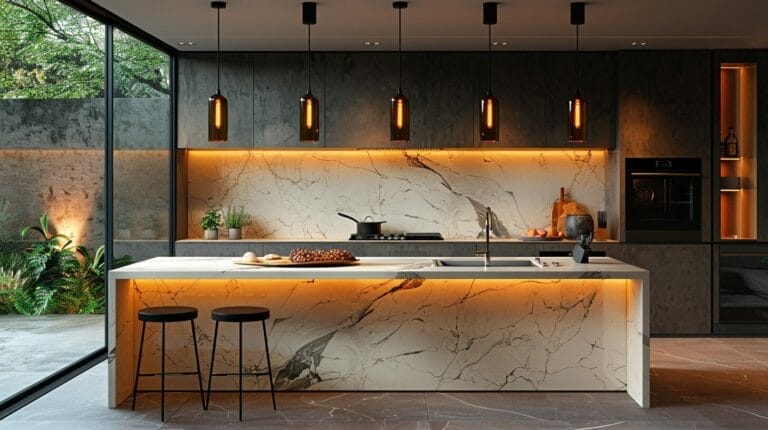LED Light Life Expectancy: How Long Do They Really Last?
As we navigate the world of LED lighting, one burning question persists: how long can we truly rely on these innovative light sources? The longevity of LED lights is a topic that intrigues many, prompting us to ponder the actual lifespan of these energy-efficient fixtures. While initial estimates suggest impressive durations, there are nuances and variables at play that could alter our expectations.
Join us as we explore the intricacies of LED light life expectancy, uncovering the factors that contribute to their endurance, and perhaps shedding light on the ultimate question – how long do LED lights really last?
Key Takeaways
- Quality LEDs can last 25,000 to 50,000 hours due to efficient technology.
- Proper heat dissipation and ideal temperatures enhance LED longevity.
- Reputable manufacturers offer warranties for LED products.
- Understanding factors like temperature and voltage fluctuations is crucial.
- Regular maintenance and correct installation extend LED lifespan significantly.
Understanding LED Light Technology and Its Impact on Life Expectancy

LED technology consistently impresses with its efficiency and longevity, outperforming traditional lighting methods in both performance and durability. Quality LED lights last notably longer than traditional bulbs, averaging around 25,000 to 50,000 hours. One key component contributing to the longevity of LEDs is the heat sink, which dissipates heat effectively, ensuring the LEDs operate within ideal temperature ranges.
Understanding the technology behind LED lights and its impact on lifespan is essential for consumers looking to invest in energy-efficient, durable, and long-lasting lighting solutions.
Factors That Affect the Lifespan of LED Lights

Numerous factors influence the longevity of LED lights. Operating temperature, for instance, plays a vital role. Excessive heat can reduce their longevity, so proper cooling mechanisms are crucial. Current and voltage supplied to LED lights also impact lifespan. Fluctuations or spikes can cause stress on the components, leading to premature failure.
High-quality components ensure reliability and resilience against environmental factors. The construction of LED lights must be robust to withstand various conditions and maintain consistent performance over time.
Practical Tips to Extend the Average Lifespan of LED Lights

To maximize the longevity of LED lights, it is essential to prioritize proper installation and maintenance practices. Ensuring that LED lights are installed correctly and maintained regularly can greatly extend their lifespan. Additionally, operating LED lights at their rated current and being mindful of ambient conditions where they are placed are key factors in enhancing durability. Here are some practical tips to help you get the most out of your LED lights:
| Tips for Extending LED Light Lifespan | |
|---|---|
| Proper Installation | Ensure lights are securely installed to prevent damage |
| Rated Current | Operate LEDs within their specified current range for top performance |
| Ambient Conditions | Place LEDs away from extreme heat or moisture for longevity |
Economic Impact of LED Light Longevity: Savings and Efficiency

How much money can be saved by utilizing the long lifespan and efficiency of LED lights?
LED lights have a markedly longer lifespan compared to traditional lighting options, lasting up to 25 times longer. This longevity translates to substantial savings in replacement and maintenance costs over time.
LED lights are highly efficient, consuming less energy to produce the same amount of light as traditional bulbs. This efficiency reduces electricity bills and lowers carbon emissions.
Troubleshooting Common LED Light Bulb Issues to Prolong Life Expectancy

Despite their durability, LED lights can encounter issues over time that may impact their lifespan. Recognizing signs of LED light aging allows for early troubleshooting and prolongs the life of an LED bulb.
| Signs of LED Light Aging | Preventative Measures |
|---|---|
| Flickering or dimming lights | Guarantee proper voltage supply |
| Color shifting or fading | Avoid overheating by providing adequate ventilation |
| Dead LED chips | Regularly clean fixtures to prevent dust accumulation |
Conclusion
In summary, understanding the technology and factors that affect the lifespan of LED lights is essential in maximizing their longevity.
By following proper installation practices, maintaining ideal operating conditions, and troubleshooting common issues, users can extend the life expectancy of their LED lighting systems.
This not only saves money on energy expenses and replacement costs but also contributes to a more sustainable and efficient lighting solution for the future.
Frequently Asked Questions
What are LEDs and how long do LED lights typically last?
LEDs, or light-emitting diodes, are known for their long lifespan compared to traditional incandescent and halogen bulbs. LED lights are known to typically last three to five years, though many have a much longer lifespan.
How does the lifespan of LED lights depend on their design and usage?
The lifespan of LED lights depends on factors such as the design of the LED circuit, the operating temperature, the current they operate at, and how frequently they are turned on and off.
Can I expect a warranty or guarantee for LED lights?
Many LED lights come with a warranty or guarantee that covers the cost of replacing the bulb if it burns out within a certain period. However, user error or improper installation may not be covered.
What should I do to ensure a longer lifespan for my LED lights?
To ensure a longer lifespan for your LED lights, make sure to operate them within the manufacturer’s recommended temperature range, avoid rapid temperature changes, and refer to the manufacturer’s guidelines for proper usage.
What factors can cause a decrease in the lifespan of LED lights?
Factors such as operating the LEDs at a high current, exposing them to extremely cold temperatures, or using them outdoors where they are exposed to harsh weather conditions can decrease their lifespan.







